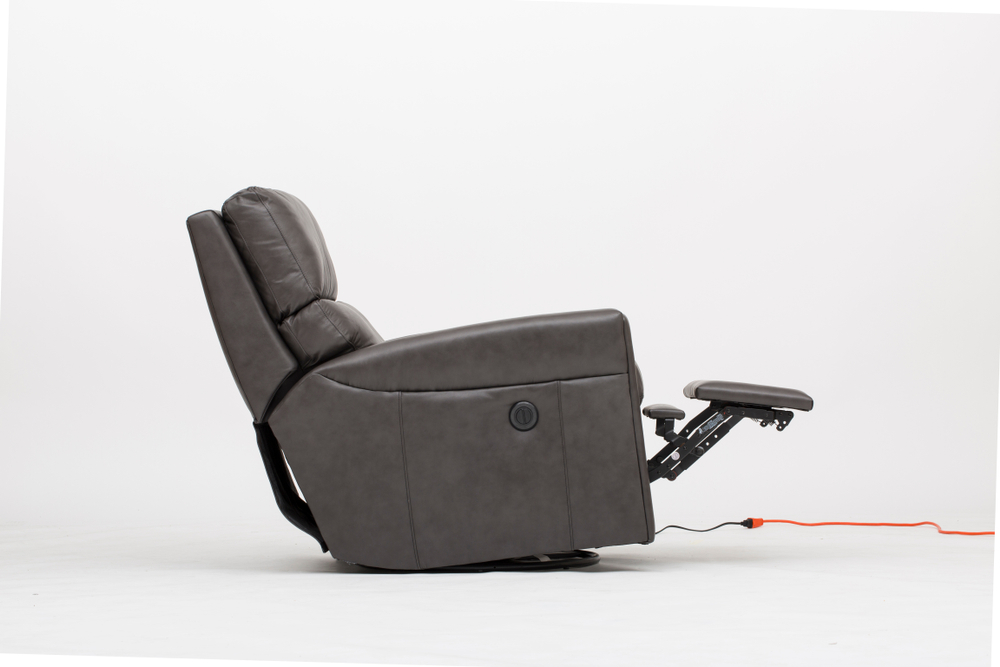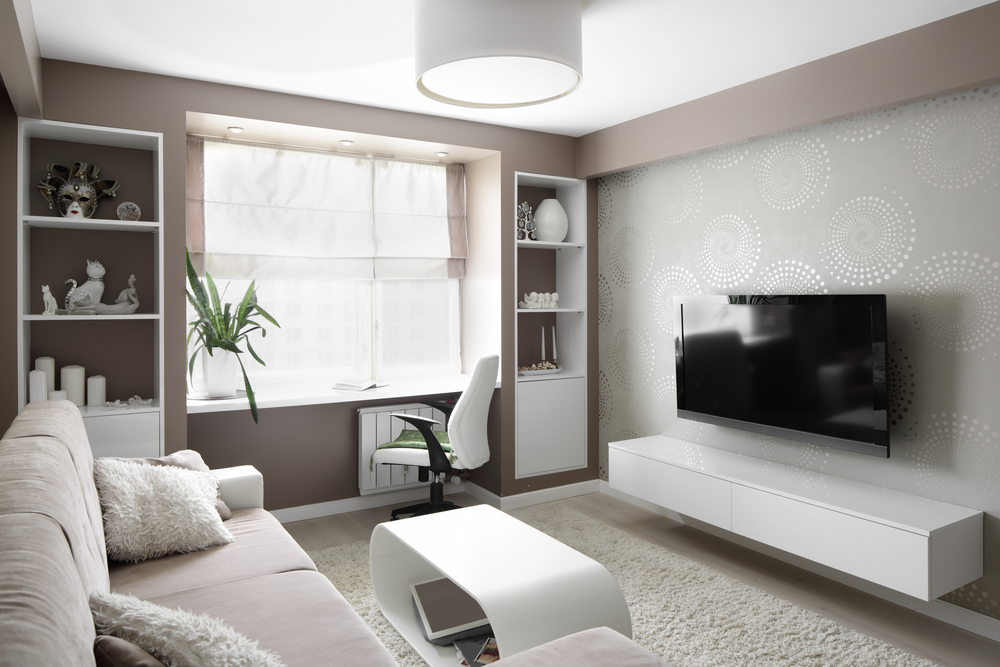The sofa and chairs don’t have to match, although there are advantages to having a set. However, by choosing to have a sofa and chairs that don’t match, you can create a personalized room.
The main advantage to matching sofa and chairs is there is greater room to experiment with decorating. Any other textures, prints, or colors only need to work with one style of seating.
This allows you to decorate with a bolder palette, as there’s less opportunity for clashing. If you like a thematically strong room, then matching the sofa and chairs is the best idea.

A non-matching sofa and chair may be harder to style, but that doesn’t mean it isn’t worth doing. By choosing different sofas and chairs, the room can become more versatile and show extra personality.
What’s most important is finding a sofa and chairs that work together, whether they’re an exact match or not. A good sofa and chairs won’t have to be an identical set, but they will play on different aspects of the other.
A block color sofa may be reflected in the pattern of the chairs. Round frame chairs can play with the soft edges of a sofa. Natural materials can be complemented in the color choice.
Before deciding whether to match or not, step back and consider the room as a whole. Think of which areas you want to be a focal point, and where you want to hold back.
If you want wallpaper, curtains, or other decoration to stand out, matching furniture may be the better idea. However, if you want the sofa to be the focus, consider contrasting chairs.
How do you match a couch and chair?
When matching a couch and chair, there are a few different aspects to consider. You may prefer to go for a matching set, or you may want to emphasize a feature of the furniture. The first step is choosing what design feature you want to carry across the furniture.
There are some key areas to consider when matching. These are: scale, fabric, shape, legs, color, and back height. Not all of these areas will need to be the same, but they shouldn’t all be different.
Scale is incredibly important, and the scale of your furniture should all match. A massive sofa paired with a tiny chair won’t work, the chair will only look like an afterthought.
The same goes for back height. There shouldn’t be much height variety between chairs, or it will throw off the scale of the room.
The other areas are where you can play around. Different tones create complementary furniture without seeming one note. Patel shades can work across furniture, even if it isn’t always the same color. Rich jewel tones are trickier to match, but can create a bold effect.
Consider using a pattern on one item of furniture, and not on the other. Elements of the pattern can then be reflected in a solid color.
Finding balance is the most important factor. Either the chairs or couch can be a stand-out item, but it then needs to be balanced. Match heavy and boxy couches with lighter framed chairs. Tone down rich fabrics on one item by using subtle cottons on the other.
Should your couch and loveseat match?
A couch and loveseat don’t have to match to look cohesive. The couch is larger than a loveseat, where the love seat can fit one or two people. By mixing them up, you can add splashes of color to a room, and experiment with pattern.
However, a matching set also has its advantages. A matched set allows for more experimentation in other areas of decoration.
Many homes will have both a sofa and a loveseat, as they offer different seating options. Although it has been popular to match them, more people are turning towards mismatched furniture.
Not only is this an opportunity to express personality, but there are more options available when purchasing.
If you don’t want a matched set, then the most important factor to consider is balance. While the love seat and sofa don’t need to be the same, they shouldn’t contrast completely. Consider what aspects of the sofa you want to see reflected in the love seat, and where you can have variety.
When choosing a loveseat, look for something that’s complementary. Fabric, texture, color, and shape can all be played with, to create a look that fits the room without becoming homogenous.
Should your recliner match your couch?
A recliner doesn't have to match your couch, and this can be an option to add a layer of interest to the decor. Choose a recliner that balances with the rest of the furniture, while acting as a contrast in certain areas.
It can be difficult to match a recliner, as they’re often purchased at a different time to the rest of the furniture. This can leave some of us panicked, worried that the recliner will become the focus of the living room.
However, by considering the room as a whole you can choose a recliner that matches without needing to be part of a set. See what colors are prominent in the room, what finishes and textures are repeated, and the overall shape of the furniture.
This allows you to choose which features to match in the recliner - and which features to contrast.
A recliner can be a larger piece of furniture, so you may wish to choose a style that plays with the sofa rather than blending in. By making a decision to be bold, there’s less worry of choosing a recliner that looks slightly off. Look for colors and patterns that repeat across the room.
The primary reason for choosing a recliner is comfort, and this shouldn’t be sacrificed in trying to find a matching seat. Blankets and cushions can both be used to style a recliner, and match it with the sofa. Choose a design that works for you, and add styling for a complete look.






